Intro
Discover the Point Of Sale definition, exploring retail systems, payment processing, and transaction management, with insights on POS software and hardware solutions.
The point of sale, commonly referred to as POS, is a critical component of any retail business. It is the point at which a customer makes a payment for goods or services, and it is often the final step in a customer's shopping experience. The importance of a well-designed and efficient POS system cannot be overstated, as it has a direct impact on customer satisfaction, sales, and ultimately, the success of the business. In this article, we will delve into the world of point of sale, exploring its definition, benefits, and the various types of POS systems available.
The point of sale is more than just a physical location; it is a process that involves a series of steps, from the moment a customer decides to make a purchase to the moment they complete the transaction. A POS system is designed to streamline this process, making it faster, more efficient, and more secure. With the rise of technology, POS systems have evolved to include a range of features, such as inventory management, customer relationship management, and analytics, making them an essential tool for businesses of all sizes.
In today's fast-paced retail environment, a reliable and efficient POS system is crucial for providing excellent customer service. A slow or cumbersome POS system can lead to frustrated customers, long lines, and lost sales. On the other hand, a well-designed POS system can help to reduce wait times, improve customer satisfaction, and increase sales. With the increasing demand for online shopping and mobile payments, businesses must adapt their POS systems to meet the changing needs of their customers.
What is a Point of Sale System?
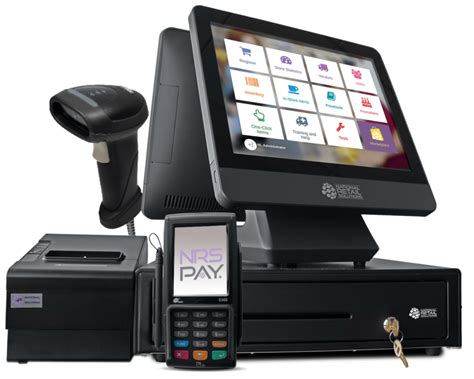
The primary function of a POS system is to process transactions, including sales, refunds, and exchanges. The system must be able to handle multiple payment types, including cash, credit cards, and mobile payments. In addition to processing transactions, a POS system should also be able to manage inventory, track customer data, and provide analytics and insights to help businesses make informed decisions.
Benefits of a Point of Sale System
The benefits of a POS system are numerous, and they can have a significant impact on the success of a business. Some of the key benefits include: * Improved efficiency: A POS system can streamline the sales process, reducing wait times and improving customer satisfaction. * Increased accuracy: A POS system can help to reduce errors, ensuring that transactions are processed correctly and inventory levels are accurate. * Enhanced customer experience: A POS system can provide customers with a fast and convenient shopping experience, improving customer satisfaction and loyalty. * Better inventory management: A POS system can help businesses to manage their inventory levels, reducing stockouts and overstocking. * Improved analytics: A POS system can provide businesses with valuable insights and analytics, helping them to make informed decisions about their operations.Types of Point of Sale Systems
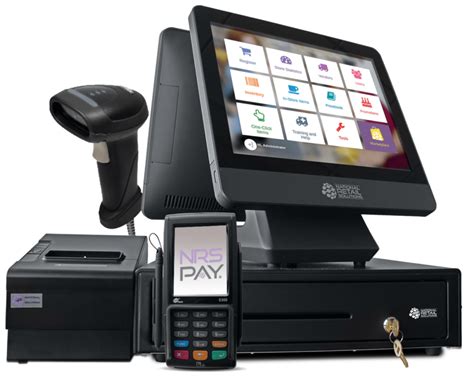
Key Features of a Point of Sale System
When selecting a POS system, there are several key features to consider. Some of the most important features include: * Ease of use: The system should be easy to use, even for employees who are not tech-savvy. * Scalability: The system should be able to grow with the business, handling increased sales volume and customer traffic. * Integration: The system should be able to integrate with other business systems, such as inventory management and customer relationship management. * Security: The system should be secure, protecting customer data and preventing unauthorized access. * Reporting and analytics: The system should provide valuable insights and analytics, helping businesses to make informed decisions about their operations.Point of Sale Hardware
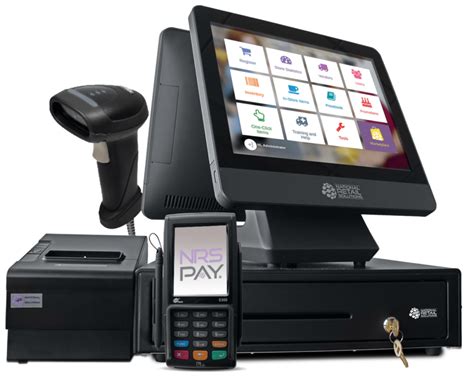
Point of Sale Software
The software component of a POS system is responsible for managing the sales process, tracking inventory, and providing analytics and insights. Some of the key features of POS software include: * Sales management: The software should be able to manage sales, including processing transactions, handling refunds and exchanges, and tracking sales data. * Inventory management: The software should be able to track inventory levels, alerting employees when stock levels are low. * Customer management: The software should be able to track customer data, including purchase history and contact information. * Reporting and analytics: The software should provide valuable insights and analytics, helping businesses to make informed decisions about their operations.Point of Sale System Implementation
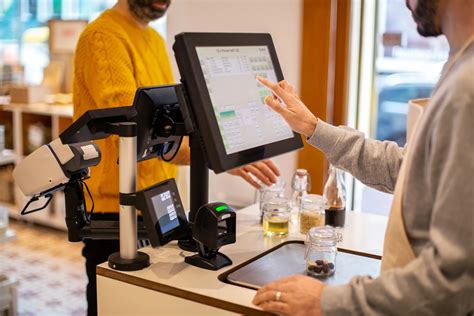
Point of Sale System Maintenance
Once the POS system has been implemented, it is essential to maintain it properly to ensure that it continues to function correctly. Some of the key maintenance tasks include: * Software updates: The software must be updated regularly to ensure that it remains secure and functional. * Hardware maintenance: The hardware must be maintained regularly, including cleaning and replacing components as necessary. * Employee training: Employees must be trained on the use of the POS system, which may require ongoing support and training. * Troubleshooting: Any issues with the system must be resolved quickly to minimize downtime and ensure that the business can continue to operate efficiently.Point of Sale System Security
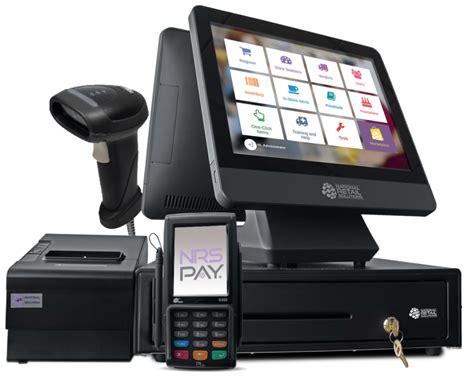
Point of Sale System Integration
A POS system should be integrated with other business systems to ensure that it can function efficiently and effectively. Some of the key systems to integrate with include: * Inventory management: The POS system should be integrated with the inventory management system to ensure that stock levels are accurate. * Customer relationship management: The POS system should be integrated with the customer relationship management system to ensure that customer data is accurate and up-to-date. * Accounting: The POS system should be integrated with the accounting system to ensure that financial data is accurate and up-to-date.Point of Sale Image Gallery
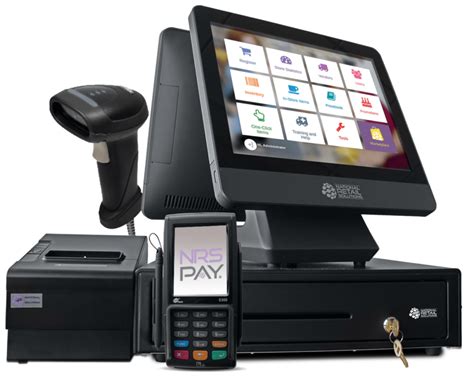
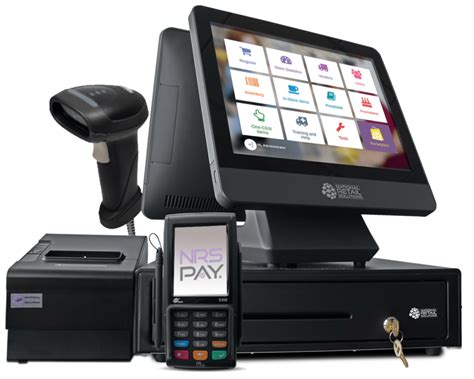
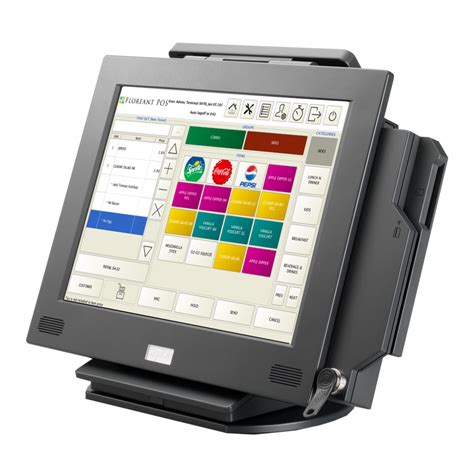

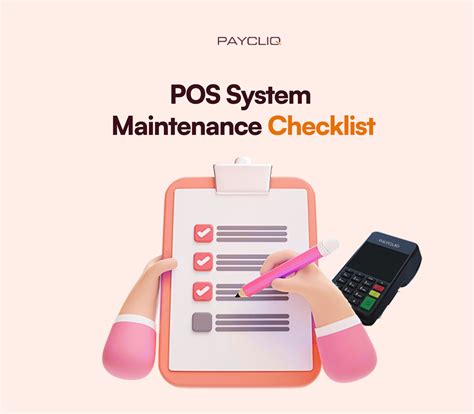
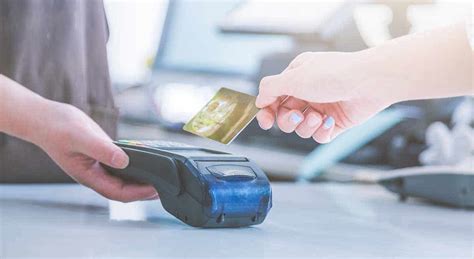
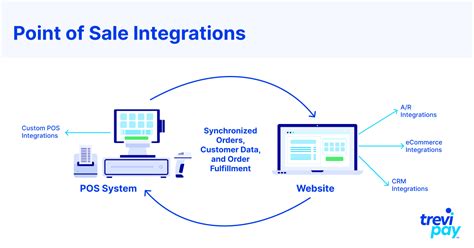
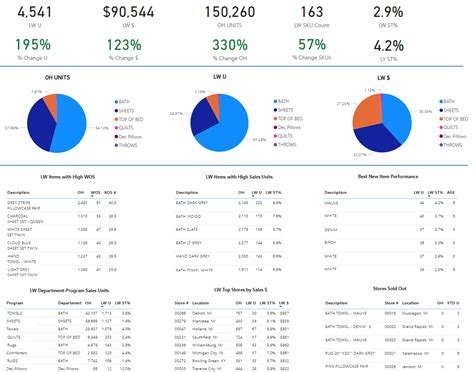
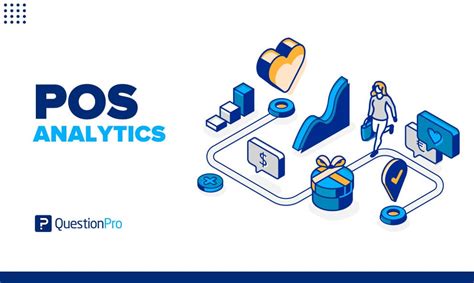

What is a point of sale system?
+A point of sale system is a combination of hardware and software that enables businesses to process transactions, manage inventory, and track customer data.
What are the benefits of a point of sale system?
+The benefits of a point of sale system include improved efficiency, increased accuracy, enhanced customer experience, better inventory management, and improved analytics.
What are the different types of point of sale systems?
+The different types of point of sale systems include traditional POS systems, mobile POS systems, cloud-based POS systems, and online POS systems.
How do I choose a point of sale system?
+When choosing a point of sale system, consider factors such as cost, scalability, ease of use, integration, and security.
How do I implement a point of sale system?
+Implementing a point of sale system involves assessing the business's needs, selecting a system, installing the hardware and software, training employees, and testing the system.
In
Final Thoughts

